Environmental Management
n Automated External Defibrillator, or AED, is a portable medical device designed to restore normal heart rhythm in individuals experiencing sudden cardiac arrest. It analyzes the heart’s rhythm and, if necessary, delivers an electric shock, or defibrillation, to help the heart re-establish an effective rhythm.
Sudden cardiac arrest, or SCA, is the third leading cause of death worldwide. Construction sites, with their inherent physical and environmental risks, are particularly vulnerable to such emergencies. The deployment of AEDs on these sites is not merely a precautionary measure but a critical component of a comprehensive safety strategy. AEDs offer multiple benefits, from saving lives to ensuring compliance with regulations and fostering a culture of safety.
SCA occurs when the heart’s electrical system malfunctions, causing an abrupt cessation of effective heartbeat. Without immediate intervention, brain damage can begin within four minutes, and death is likely within ten minutes. AEDs are designed to deliver an electric shock that can restore normal heart rhythm, often before emergency medical services, or EMS, arrive. On construction sites where access to EMS may be delayed due to remote locations or complex site layouts, AEDs bridge this critical gap. After multivariate analysis, the AED was found to have provided a 1.75-fold greater likelihood of survival for those experiencing SCA, according to a 2010 paper published by the American Clinical and Climatological Association.
The presence of AEDs also boosts worker confidence and morale. Knowing that life-saving equipment is readily available fosters a sense of security, which can improve productivity and reduce anxiety in high-stress environments. Training workers to use AEDs, often in conjunction with cardiopulmonary resuscitation, or CPR, empowers them to act decisively in emergencies, transforming bystanders into potential lifesavers.
The training is straightforward, as modern AEDs are user-friendly, with voice prompts and visual guides that require minimal medical knowledge. For example, devices like the Philips HeartStart or ZOLL AED Plus are designed for layperson use, ensuring that even untrained workers can operate them effectively under pressure.
Furthermore, AEDs can mitigate the financial and operational impacts of workplace incidents. SCA events without prompt intervention often result in fatalities, leading to costly legal battles, workers’ compensation claims, and project delays. By contrast, a successful AED intervention can minimize these consequences, preserving both human lives and business continuity. The cost of AEDs—typically $1,000 to $2,000 per unit—is modest compared to these potential losses, making them a cost-effective investment.
Clear and visible signage should also indicate the location of AEDs, making them easy to find during an emergency, and they should be regularly inspected and maintained to ensure they are in proper working order and ready for use.
Incorporating information about heart health and the warning signs of cardiac arrest into regular safety briefings would help prepare workers for these emergencies.
AEDs are a vital asset on construction sites, offering rapid, life-saving intervention, ensuring compliance, and enhancing worker well-being. Their integration into safety protocols reflects a proactive approach to managing the unique risks of construction environments, ultimately creating safer and more resilient workplaces.
- Familiarize yourself. Learn how to operate an AED and always know its location in case of an emergency. If you know CPR, don’t let the automated AED instructions slow you down, but always clear the victim when the AED is analyzing or advising shock be delivered. Once you open an AED, it provides verbal instruction to the user and is easy to operate.
- Ensure the scene is safe. Check if the person is unresponsive and not breathing normally, such as gasping or not breathing. If so, call emergency services or 911, or have someone else call.
- Turn on the AED. Retrieve the AED, open it, and press the power button. Most AEDs provide voice or visual prompts to guide you.
- Apply the pads. Expose the person’s chest (wipe it dry if wet). Peel the adhesive pads from the packaging and place them as shown on the pads or AED instructions—typically one on the upper right chest and one on the lower left side.
- Analyze the heart rhythm. Ensure no one is touching the person. The AED will automatically analyze the heart rhythm and determine if a shock is needed. Follow prompts to press the “analyze” button if required.
- Deliver a shock (if prompted). If the AED advises a shock, ensure no one is touching the person (say “Clear!”). Press the shock button when instructed. If no shock is needed, proceed to CPR.
- Perform CPR. After a shock—or if no shock is advised—begin CPR with chest compressions at 100 to 120 beats per minute, about 2 inches deep for adults. Continue until the AED prompts another analysis or emergency personnel arrive.
- Follow AED prompts. The AED will guide you, re-analyzing the heart rhythm every two minutes or as needed. Follow its instructions until help arrives or the person shows signs of life.
